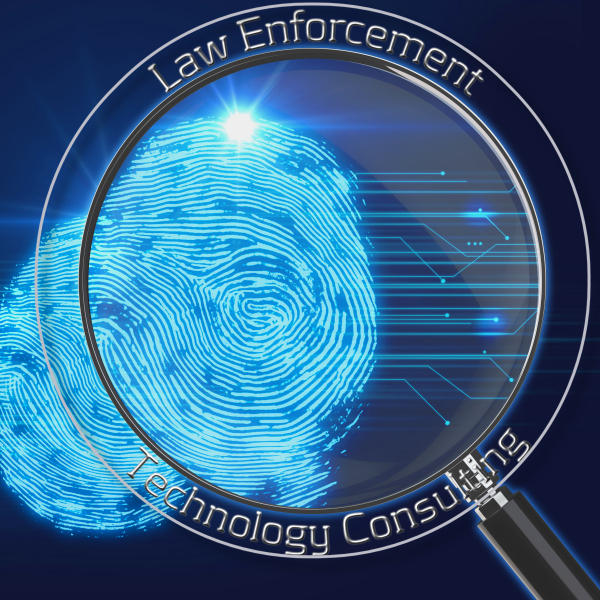Requests For Proposal (RFP)- Law Enforcement Technology
- Clifford Hagan

- Feb 4, 2022
- 3 min read

One of the most overlooked, yet most important element of the law enforcement technology purchasing process is the Request for Proposal, otherwise referred to as the RFP.
An RFP is a document that a business or government agency creates to outline the requirements for a specific project. The RFP is used to solicit bids from vendors and determine which is most qualified to complete the project.
With a well designed RFP, your agency can:
Secure offers from different vendors. These proposals make it easier for you to compare skills and rates to find the right partner for your project.
Understand your options. Defining the scope of your requests and requesting detailed information about pricing and services will help potential vendors deliver bids that meet your needs.
Assess the background of bidding vendors. A well-defined RFP will help you save time when researching each bidder.
When making the decision to purchase Law Enforcement Technology, it is essential that the RFP is written correctly and details upfront the desired options to be included in a technology purchase. As a technology manager for law enforcement, it is paramount that you not only be involved in developing and writing the criteria for the RFP, but that you also proof read the entire document before it is published.
A poorly developed RFP can have consequences far into the future of your project and add unforeseen costs to your budget. Due to the structure of government departments, often there is a purchasing department that manages the development and publishing of the RFP that is separate from the department actually using the technology. When the leads in the purchasing department and end user department do not effectively communicate and work together, the end product purchased as a result of the RFP can be something considerably different from what was intended.
For example, if you as the end technology user want to purchase a video wall for a real time crime center or fusion center, you may instruct your purchasing department to issue an RFP for a video wall with 6 screens and 6 source devices. The vendor / integrator receiving this RFP may know or understand your intent, but will always structure the proposal they submit to meet these lowest documented criteria. This is not done of malice, but is an effort not to be under bid by another competitor.
A well designed RFP for a video wall may specify the following:
Video wall consisting of 6 4K no-edge commercial grade video screens controlled by video controller capable to treating all six screens as a single pane of glass.
Video wall controller capable of connecting up to 6 independent sources and displaying each source on the video wall in a user configurable layout.
Remote access from pc and mobile devices to provide for management of video wall from network connected devices
5 year warranty for all screens, controllers, hardware, and software components.
capability to expand system to include additional display screens controlled from one source system.
3 day service and repair service requirement.
These two RFP specifications are going to provide drastically different equipment and capabilities. Failing to properly specify the equipment you needs, features required, and service level needed for continuity of operations will result in your agency installing a product that may not meet your needs and worse yet require replacement in a short period of time.
Please see our RFP discussion board for additional member information on the RFP process for law enforcement technology.
Please contact us for assistance designing and writing RFP's for your technology project.
Comments